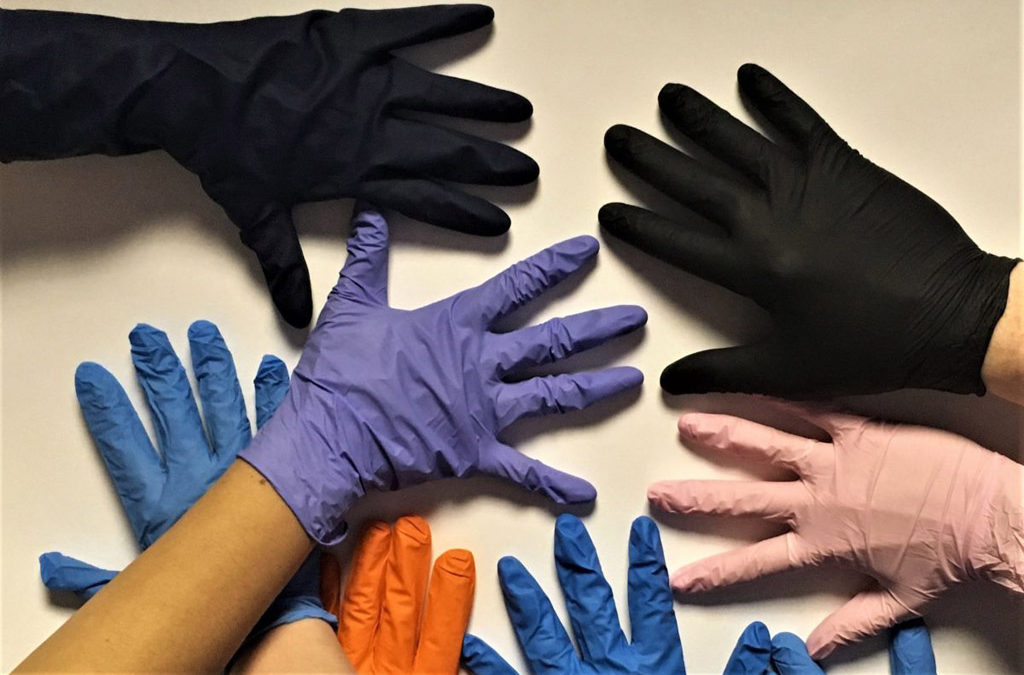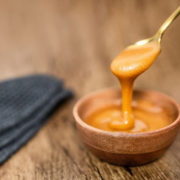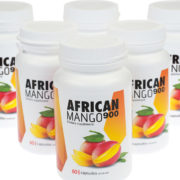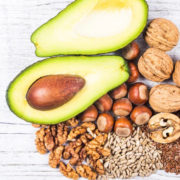Leather and suede are both made from animals and processed in ways that make them easy to wear. But, they look and feel so different, which is down to the process that turns them into their respective forms. Leather is processed animal skin, tanned to preserve it and soften it for use in a wide variety of clothing, accessories and even furniture. Suede is similar to leather, though it is made from the inner surface of the skin, processed slightly differently to produce a much softer texture, often very nice to the touch.
The use of leather in clothing can be traced back to as much as 50,000 years ago when early humans migrated from the warmer regions of Africa and The Middle East, to the colder parts of the Earth like Europe and Asia. Although animal skins were already being used at this time to keep humans warm, they often found that the skins would stiffen fairly quickly, particularly in extreme weather conditions. Thus began the process now known as tanning – boiling the skins in tree bark, salting them and rubbing the skins with animal fat to keep them soft. This early technique, like humans, has evolved and now most countries around the world have their own method of tanning.
Suede came about as a by-product of leather. When leather would become damaged, it would become unwearable. However, it was soon discovered that by turning them inside out and processing the inside of the skin, it would create a product similar to leather, though much softer. This was the very beginning of suede.
Oil tanning became popular when European explorers migrated to North America from the 14th century onwards. The indigenous Americans had already discovered their own method for tanning hides, using oil. This allowed them to make much more from their animal skins such as clothing and housing (tepees). These Native Americans would also use feathers, bones, beads and quills to decorate their leather garments – making it a much more versatile fabric than the Europeans were used to. They were known for having exceptional skills in the art of tanning and were able to produce white leather – an incredibly difficult color to achieve at that time.
Since then, leather and suede have become two of the most commonplace fabrics in modern society. Leather jackets were made famous in the 1950’s by stars like James Dean and in the 1980’s by designers such as Versace, Armani, Gucci and Hermes worked with leather a lot, creating a world-wide fashion craze. In more recent times, the awareness of animal-friendly fabrics has given way to vegan-leather and suede, a substitute for the original in which no animals are harmed. Vegan leather can be made from the bark of cork oak trees, kelp from the sea or even pineapple leaves. There is much debate around whether this is actually any more eco-friendly than the animal hide alternative. What cannot be disputed, however, is that not harming animals purely for the making of fabrics is a good thing!
http://www.HoboPursesAndMore.com














